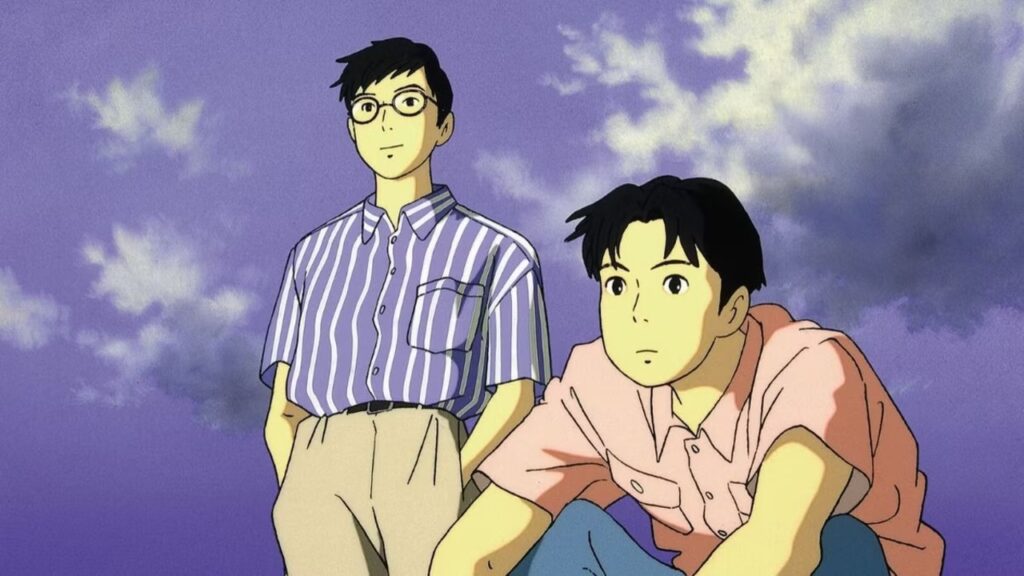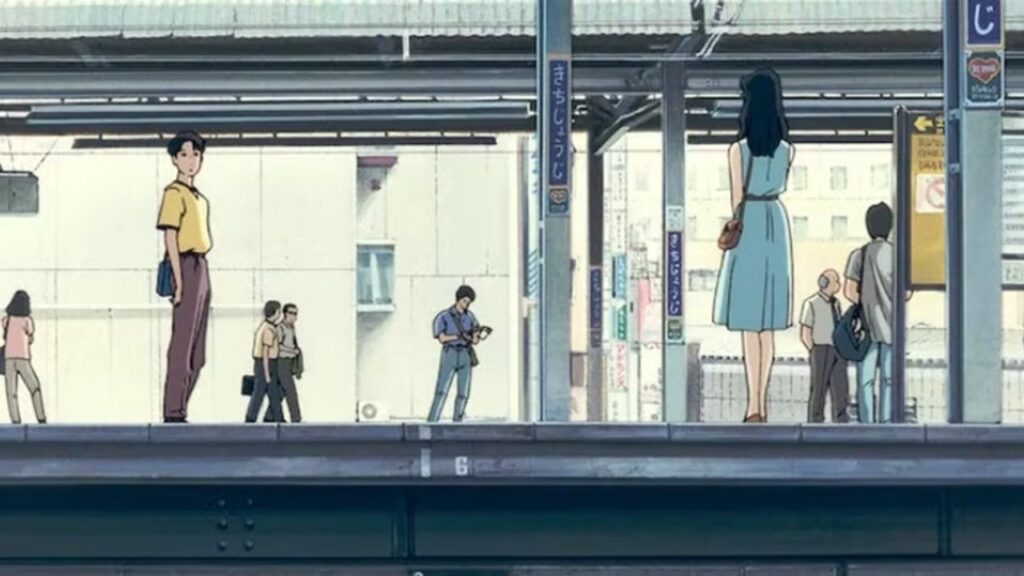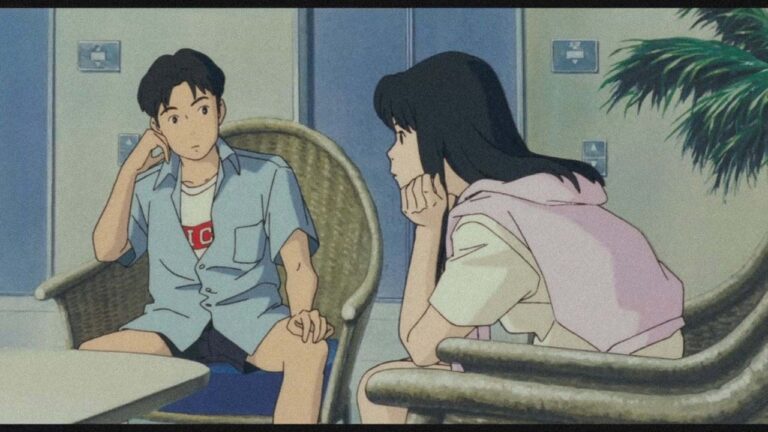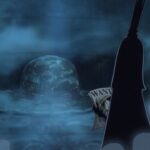Studio Ghibli is a name that usually brings to mind grand adventures, intricate worlds, and weighty messages about the environment or human nature. We envision detailed animations, complex narratives, and the worlds built by cinematic masters. But then there is ‘Ocean Waves.’
This 1993 film often sits on the sidelines of the Ghibli library, and there is good reason why. It is a film that challenges our expectations because it is not a typical Ghibli story. It is also a film we do not discuss frequently. This is because it lacks the spectacular elements of its stablemates and was produced under very different circumstances, which makes it an outlier.
Ocean Waves Remains Overlooked Due to Divided Legacy

The main difference is the simple, grounded reality of the story. There are no supernatural entities or epic journeys here. Instead, we follow the ordinary lives of high school students in a regional Japanese town. The narrative focuses on adolescent relationships, the awkwardness of maturation, and the subtle, sometimes mundane dramas that constitute that period of life. The characters are developed with an unvarnished realism; they make irrational choices and are occasionally self-absorbed. This approach is in stark contrast to the wholesome character arcs or overt philosophical statements found in other Ghibli movies.
Furthermore, Ocean Waves was an experimental project. It is the only Ghibli feature film not directed by the studio’s founders, Hayao Miyazaki or Isao Takahata. The studio intended to provide younger staff members an opportunity to lead a production, which resulted in a reduced budget and a distinct, more subdued tone. This different creative direction yielded a story that feels quieter and more personal. The narrative is structured through flashbacks as the main character, Taku, reflects on his past. This gives it a retrospective, contemplative feel, but it is also less structured than the typical Ghibli plot we are accustomed to, which focuses on apparent conflicts and resolutions.
People do not discuss Ocean Waves much because it had a minimal reach for a long time. It was initially conceived as a television movie for the Japanese market and was never intended for a significant worldwide theatrical release. For many years, it was difficult to access outside of Japan. It did not have an official release in the US until 2016 and remains the only Ghibli movie without an English dub. This lack of availability meant it could not cultivate the global following that films like Spirited Away or My Neighbor Totoro have.
A Simpler Story, Told with Unvarnished Honesty

When we consider the mixed critical reception, it also makes sense that it is discussed less. When people compare it to the studio’s universally acclaimed masterpieces, Ocean Waves can feel less impactful. Its deliberate pacing and sometimes frustrating characters, particularly the female protagonist Rikako, whom many viewers find challenging, resulted in a mixed response. There was less associated merchandise and promotion, which further contributes to its lower profile within the Ghibli legacy.
Yet, perhaps the very thing that makes us discuss it less is what gives it its unique value. The conclusion of the film does not provide a definitive, neat resolution. In the final moments, Taku is at a train station in Tokyo for a college entrance ceremony. He spots a woman on the opposite platform whom he recognizes as Rikako, the girl he had hoped to see again after they parted ways following their difficult high school years. They lock eyes across the tracks, which establishes a quiet, hopeful moment of reconnection. The film ends right there; that is a subtle but significant reunion. This reflects that life, especially during our formative years, does not always follow a structured narrative with a clear-cut happy ending.




